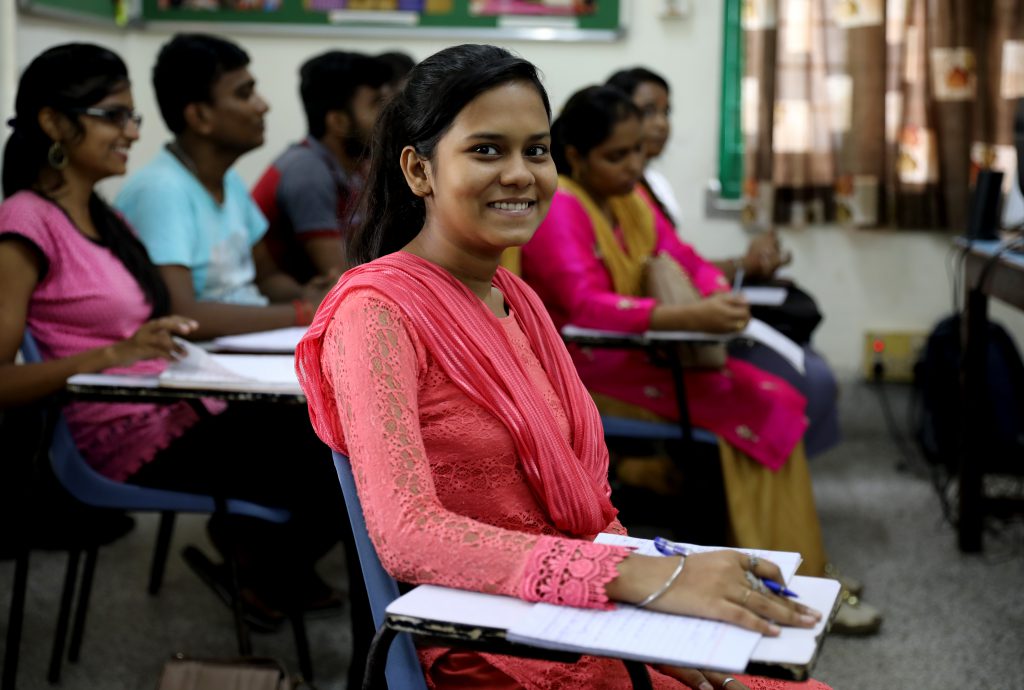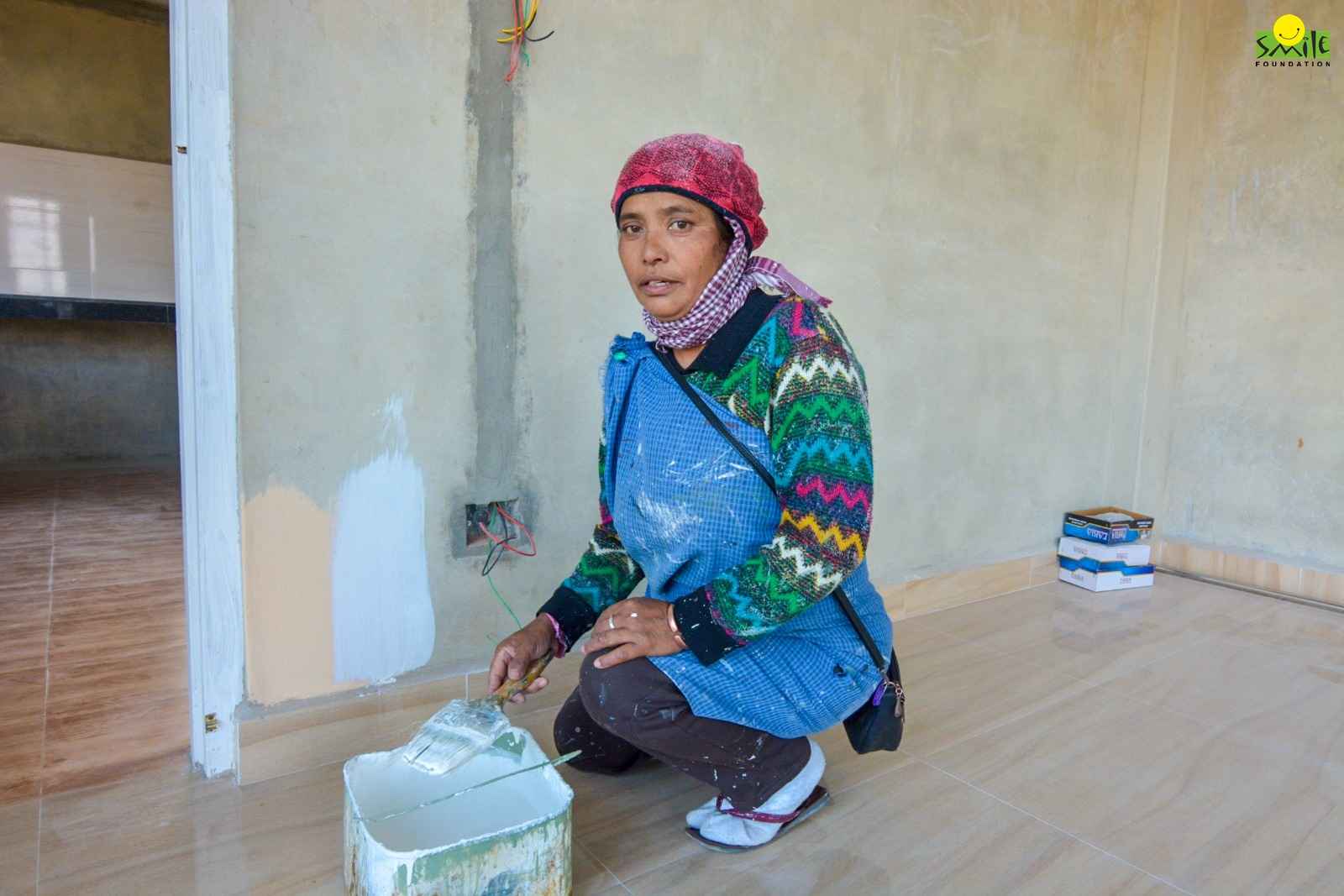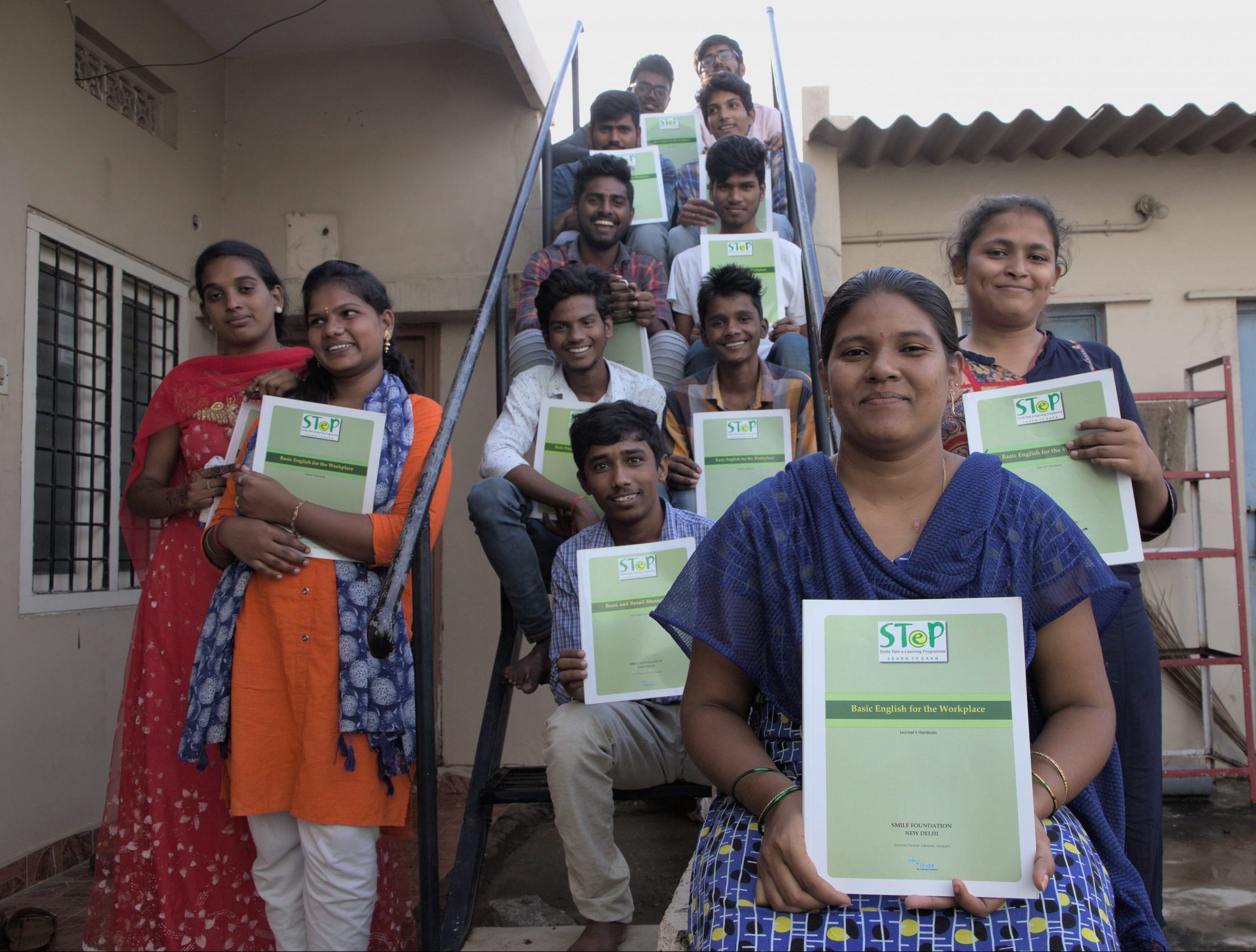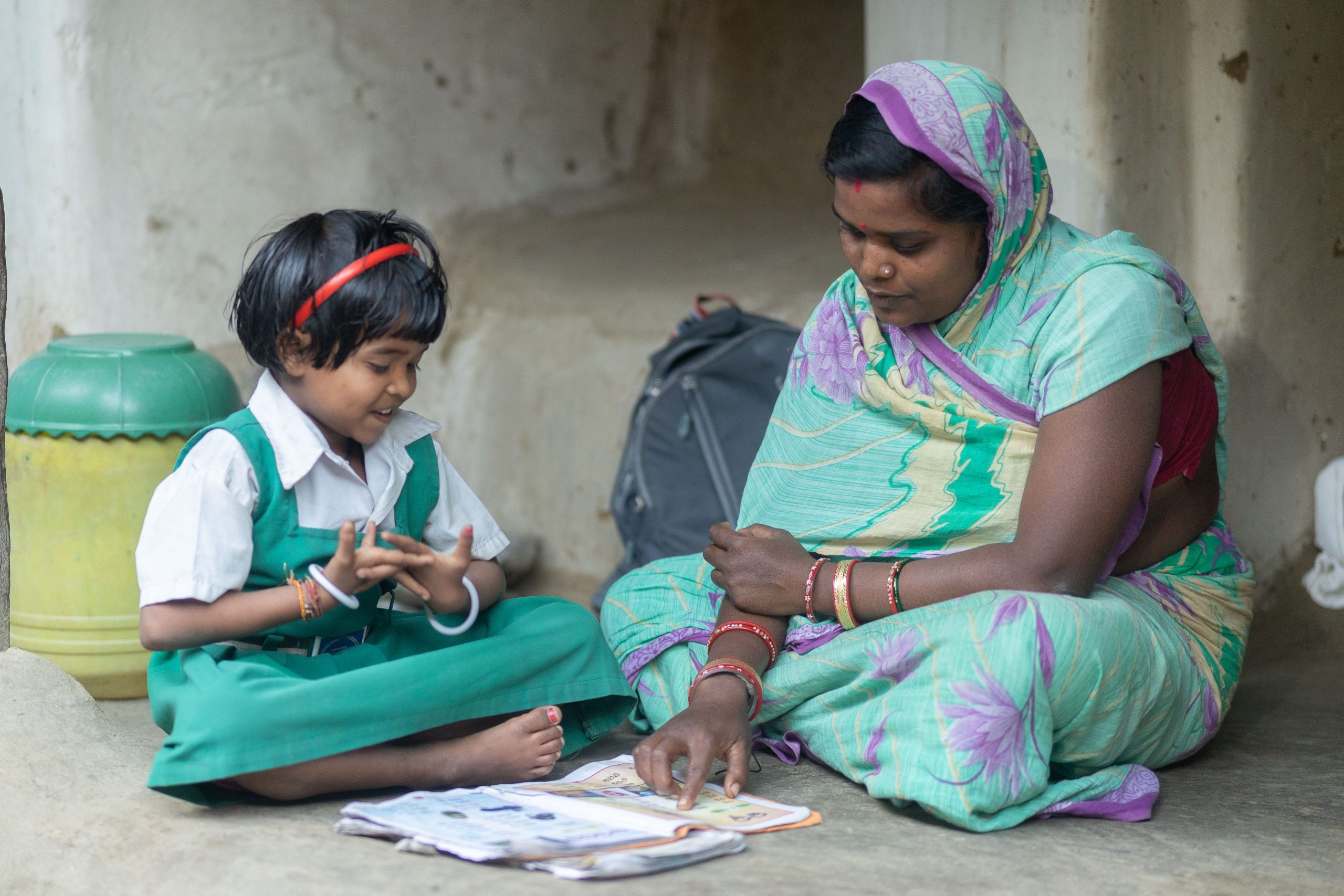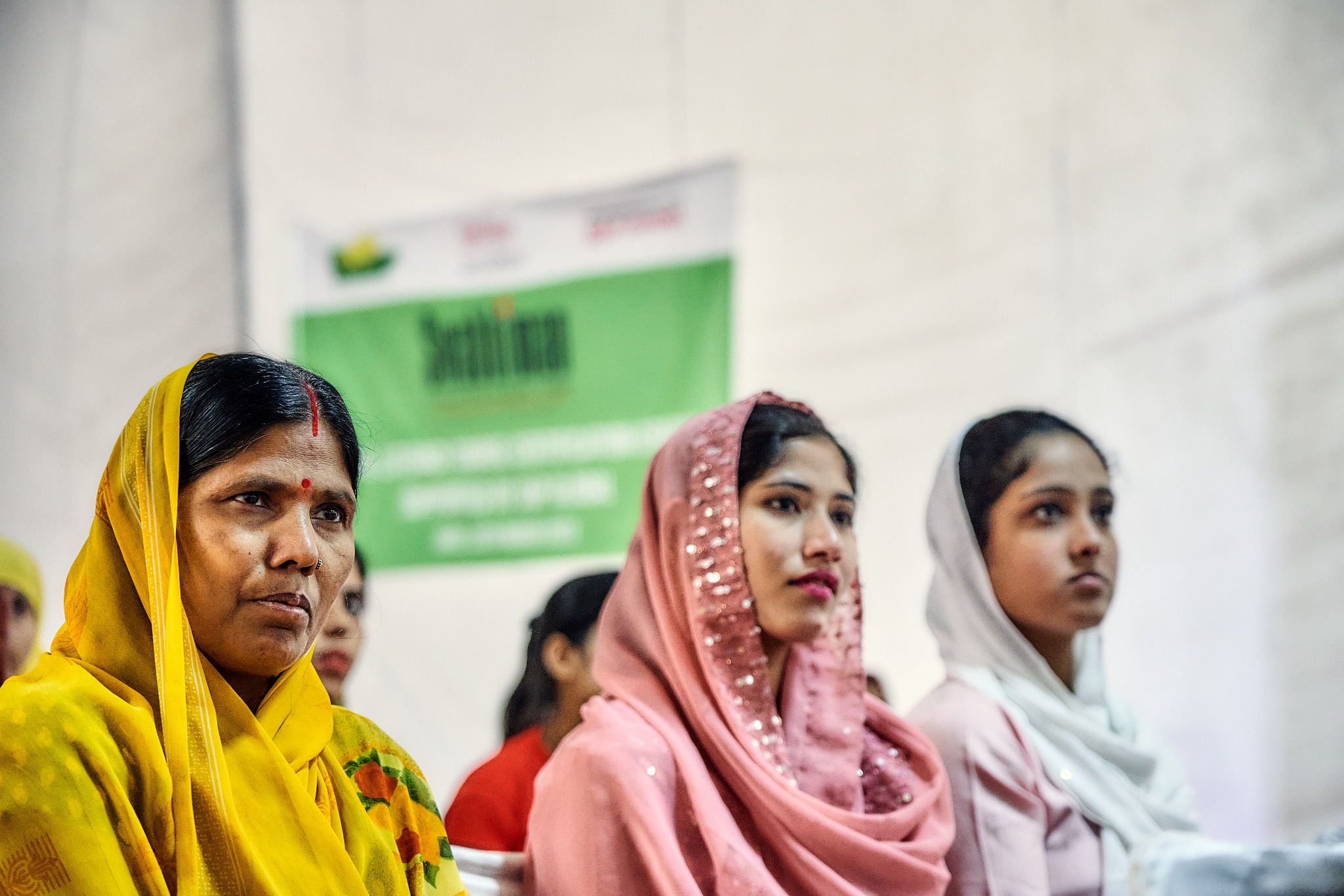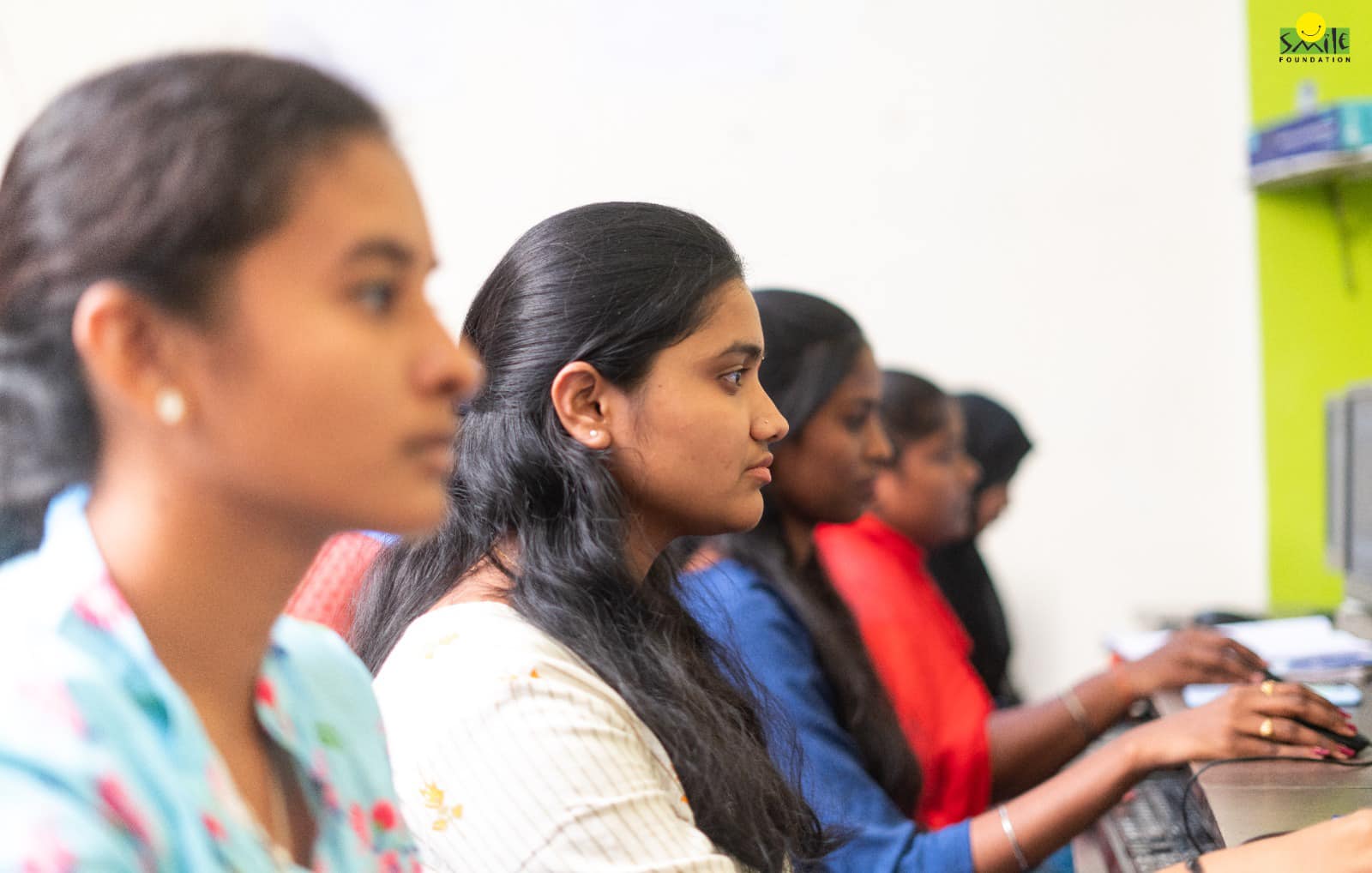India has completed 76 years of independence. In these years, the country has witnessed many historical transformations from the Green revolution to the Digital revolution and is an active ground for many more to come. The secret behind the development of any country lies in the optimal use of its resources. India is blessed with a bounty of natural resources, but it is the human resources that can make all the difference.
With a population of more than 140 crores, India has no dearth of human resources, but the key to its success is in creating efficient human capital from it. One of the ways to meet this objective is to skill rural youth of the country.
Demographic Dividend
People of a country are its greatest asset and also a liability as they are both the factors and consumers of economic growth. The demographic features of population and quality of human resources are critical in the economic development of a nation. As per age composition, the population is classified into three groups, namely, young dependents (under 14 years), adults (15-64 years), and elderly dependents (above 65 years).
Statistics indicate that India will reach its highest level at 68.9% of its population in the age group of 15-64 years which is the working age population by 2030. This segment is also referred to as the ‘demographic dividend’ as they provide a favorable condition for accelerating economic growth by contributing to productivity. According to a CII report, productive employment of this demographic dividend can escalate India’s GDP from the current $3 trillion to $9 trillion by 2030 and $40 trillion by 2047.
However, tapping into the potential of the demographic dividend will be determined by the quality of our human resources. The three most important factors responsible for improving the quality of human resources are:
- Education
- Healthcare
- Training and up-skilling
Skill-Development for Youth – Need and Importance
According to ‘Youth In India-2017’, a statistical publication by the Central Statistics Office (CSO), India currently has the largest share of youth population in the world and would continue to hold this for the next 20 years. The National Youth Policy 2014 defines youth as persons in the age group of 15-29 years. According to the 2011 census, the share of youth population in India is 34.8% of total population.
‘Youth’, the transition phase from childhood to adulthood is not only a crucial phase in one’s life but also instrumental in nation building. Youth is the primary productive workforce of a nation and also the most economically active section. Educated, motivated and skilled youth can lead a nation on a growth trajectory. On the contrary, illiterate, misguided, and unemployable youth can prove to be a challenge for the economy.
Education along with relevant training and skill development improves the employability of a person thus increasing their potential for access to better living conditions. Lack of skilled workforce is projected as one of the major reasons for India’s unemployment issue. With relevant training and up-skilling, the youth can gain expertise in their area of work, thus improving their position in the job market. This emphasizes the need for skill development for rural and urban youth.
Rural-Urban Divide in India
Although the rural-urban divide in India was quite distinct in previous years, the rural landscape has undergone a massive change in recent times resulting in the creation of a more integrated economy and giving birth to the concept of urban villages.
Urban villages refer to those original villages which adapt to the urbanization around them as a result of the expansion of cities. Though these urban villages eventually merge with the urban ward, the rural-urban conflicts are strongly manifested here. As a result, these urban villages continue to remain as neglected pockets of the city and the youth in these urban villages often face a severe identity crisis.
The youth in the urban villages live in proximity to the metropolis and thus a hub of opportunities. But quite ironically, they might not be able to grab any, due to the lack of skills. Hence it is highly important to identify the potential and design training and skill-development programmes which tap into their talent and address their needs. This would not only empower these youth and create a positive workforce for economic development but also prevent the risk of losing this young population to undesirable and anti-social activities.
Skill Development in Rural Areas
Heavy dependence of the rural economy on agriculture, lack of livelihood creation in villages, and failure to comply with technological advancements in agriculture-related industry have forced rural youth to migrate to cities. However, the rural youth who comprise 68 % of India’s total population often find themselves in a disadvantageous position in today’s job market, the main reason being lack of industry-relevant skills.
Skill development in rural areas has to overcome many challenges like:
- The penetration of vocational training in rural India has been disappointingly low, so much so that 93.7 % of youth had never received any vocational training till 2017-18
- Concentration of training institutes in the cities and towns often limits access of rural youth mostly females due to lack of proper transportation or other mobility restrictions
- Outdated courses, Limited capacity and placement options of the Govt. run Industrial Training Institutes do not provide a very promising option
- Existing Skill development programmes often fail to address the aspirations of the rural youth
How to Skill Rural Population
The first step in designing an effective skill-development programme for the rural population is to understand the changing dynamics of the rural landscape and identify the available skill sets in the rural population. Taking these into consideration the skill-development programmes can be customized to upgrade their skills to meet emerging industry requirements.
With the advent of digital revolution and penetration of smartphones and digital technology into rural India, the exposure of rural youth has increased, thus widening the scope of skilling opportunities as well. However, broadband connectivity in rural areas still needs improvement post which rural India can have a truly conducive environment for e-learning of education and up-skilling programmes by increasing their outreach to the remotest parts.
Technological opportunities in agriculture and allied sectors can create a huge job market in the future. Moreover, with greater emphasis on sustainable development, around 3 million jobs are predicted to be created in the renewable energy sector. Hence training and skilling rural populations in areas like energy conservation, pollution monitoring, and agricultural mechanization can provide them with huge career opportunities. Besides, skill development in healthcare services like nursing, pathology, lab technicians and paramedics also hold a promising future.
Conclusion
India is in an advantageous position due to its demographic transition. But to reap this economic opportunity, our human resource needs to be competent and well-equipped. The best way to make our workforce future-ready is to train them early. This is precisely why the New Education Policy 2020 integrates vocational education at school and college levels in a phased manner over the next decade. Proper implementation of this policy combined with other skill-development measures holds the key to unlocking a great future for our country and its people.
Smile Foundation through its initiative, Tayyari Kal Ki is making constructive efforts to prepare the Indian youth for the burgeoning workforce. Till now, the program has trained more than 75,000 youth in its livelihood centres with more than 47,000 placed in respectable global brands across India.



